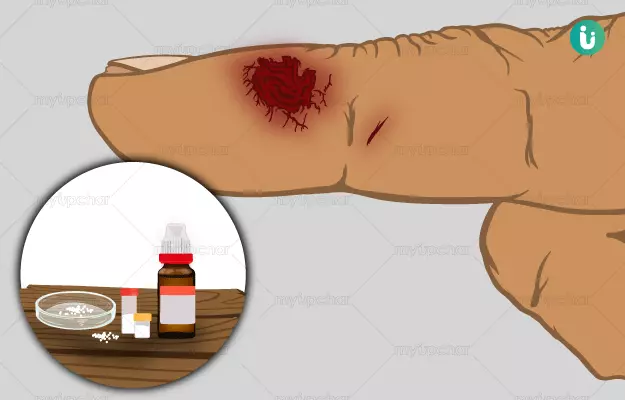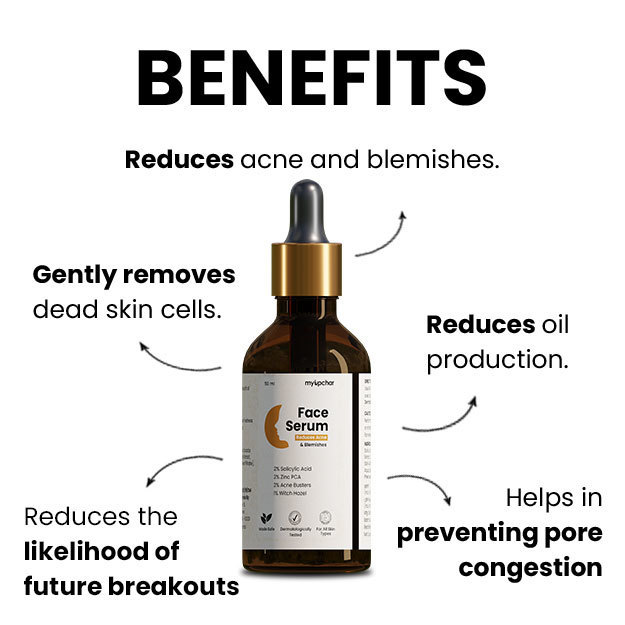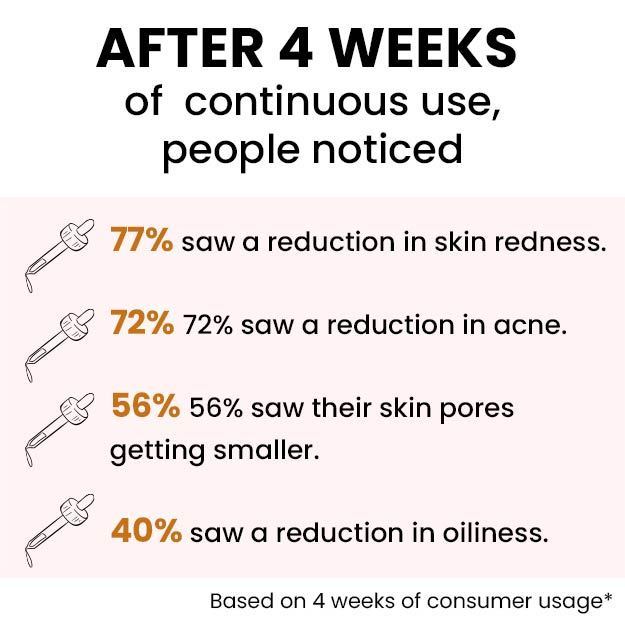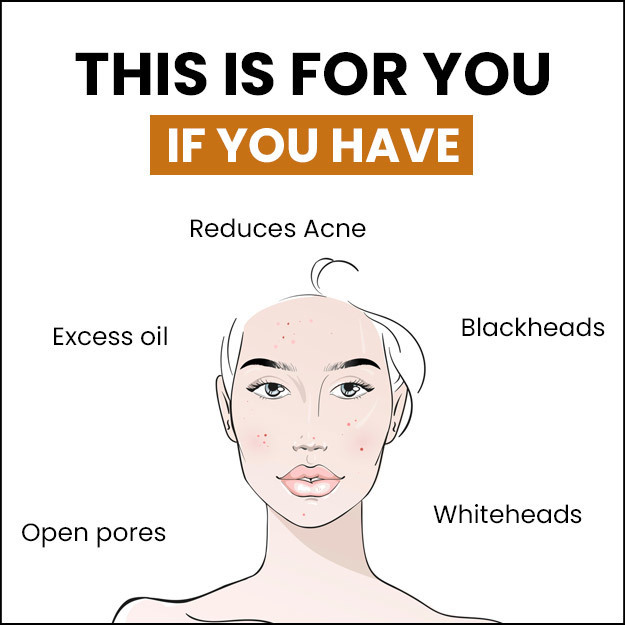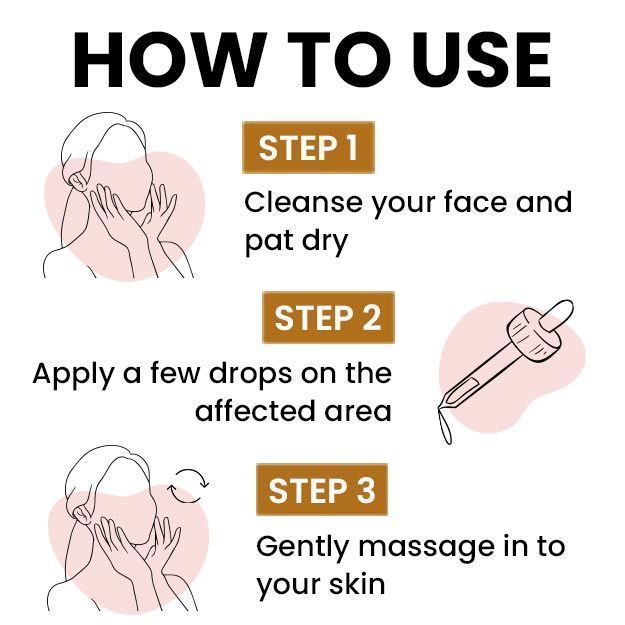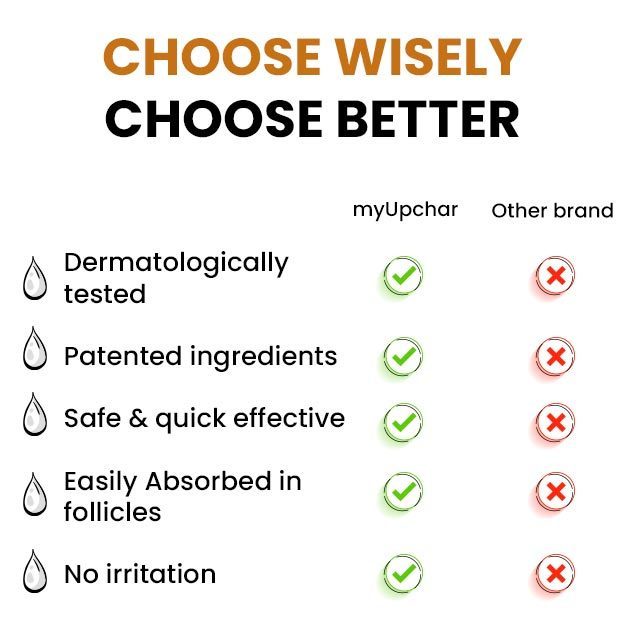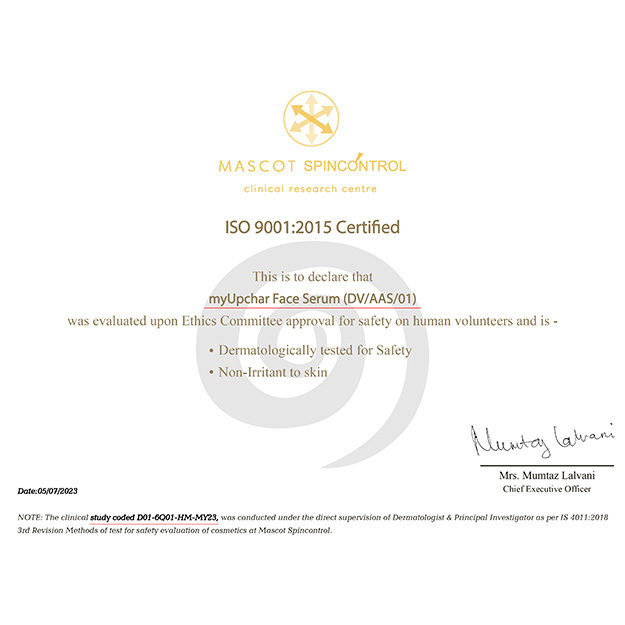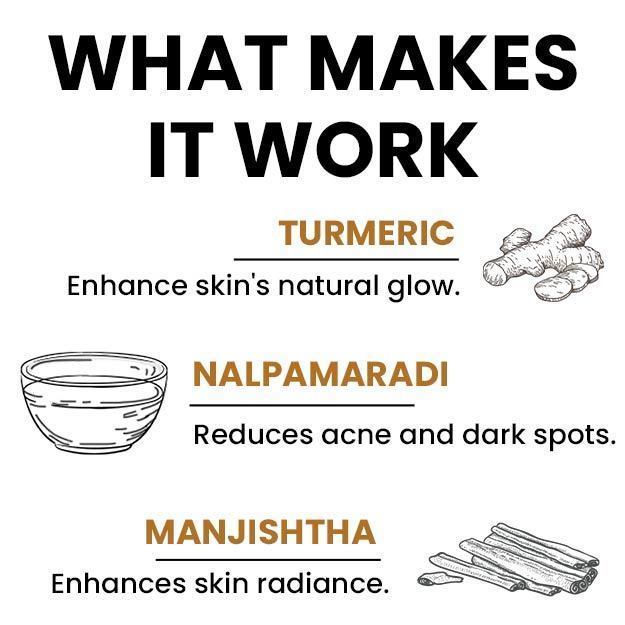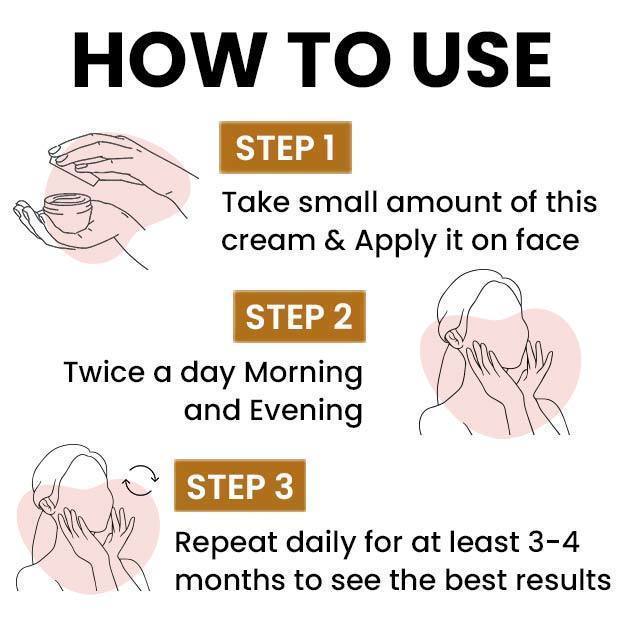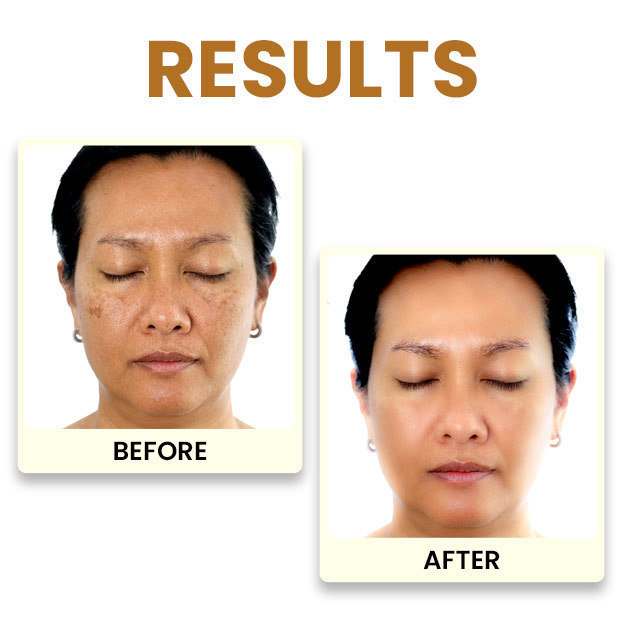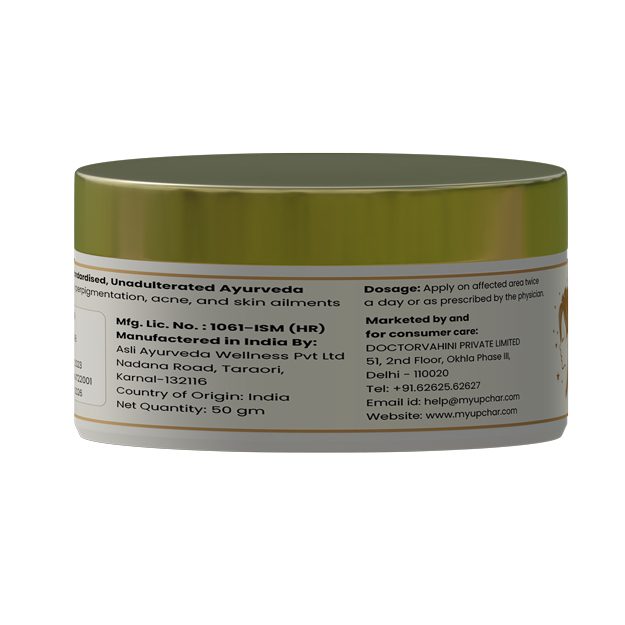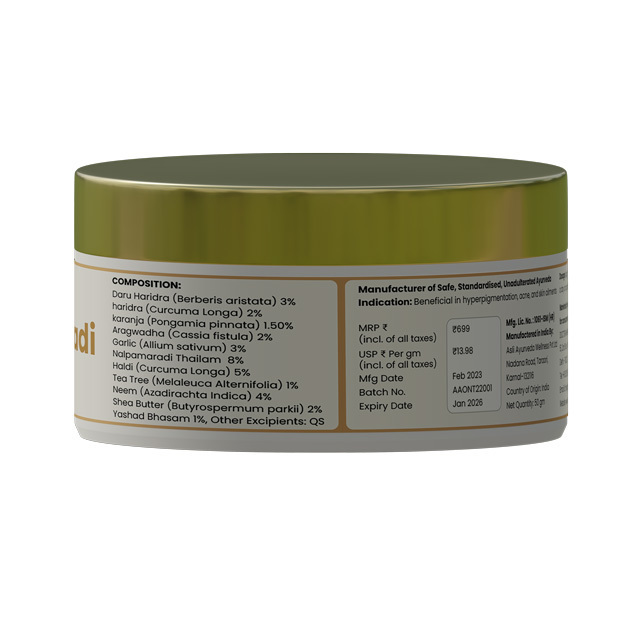A scar refers to a permanent mark that remains on the skin after a wound heals. Scarring is, in fact, a natural part of the healing process. Whenever there is a skin injury, the body releases a protein called collagen. This collagen builds up at the site of tissue damage and helps in healing the wound. When the scar is fresh, it may appear red or pink due to increased blood flow to the area. However, the colour gradually fades and the scar turns lighter over a period of time, although it does not disappear completely. The appearance of a scar depends on several different factors like the size of the wound, its location and severity.
There can be different types of scars. A fine line scar is a result of a minor wound like a cut. It appears as a red, raised line over the skin which eventually flattens and heals. This process can take up to 2 years and leaves a visible mark on the skin. A fine line scar may also be a result of surgery. While it usually does not cause pain, it may cause mild itching. Individuals with darker skin colour are likely to have a fine line scar that is brown in colour.
A keloid scar occurs when there is excessive production of collagen at the site of the wound. Hence, the scar continues to grow even after the wound has healed. Keloid scars tend to be visibly raised above the skin and red or purple in colour when freshly formed. Later on, they may become paler. They can cause pain and restriction of movement if they are tight and near a joint.
A hypertrophic scar is also a result of excessive collagen production at the site of skin injury, but the collagen produced is not as much as in a keloid scar. These scars do not grow after the wound has healed and become flatter over a couple of years.
A pitted or sunken scar is attributed to skin conditions like acne or chickenpox and like its name, has a pitted appearance. These scars are not painful and do not grow in size but are fairly noticeable. A scar contracture is the scarring, which is often caused by burns and occurs when the skin shrinks. Stretch marks are another common type of scar which occur as a result of skin tears and are often caused by hormonal changes during pregnancy and puberty. (Read more: How to remove stretch marks)
Conventionally, scars cannot be faded completely without surgery. Though, the size of the scar can be reduced through steroid injections, which have their side effects in the long term.
Homeopathy is a widely accepted form of alternative medicine which involves the administration of natural products to heal not only disease symptoms but also the tendency of a person to suffer from certain symptoms (called miasms in homoepathy). These remedies are known to be non-toxic and free of side effects when taken in the right dosage and as per the prescription of a physician.
Homeopathic doctors take into account the medical history of the individual along with their physical and mental characteristics before prescribing a remedy to them.
In case of scarring, there are multiple homeopathic remedies which, when used early on, can help in reducing the visibility of scars. Remedies such as belladonna, silicea and graphite are known to be effective in making scars less noticeable.
- Homeopathic medicines for scars
- Dietary and lifestyle changes for a patient with scars as per homeopathy
- How effective are homeopathic medicines and treatments for scars
- Side effects and risks of homeopathic medicine and treatments for scars
- Takeaway
Homeopathic medicines for scars
The following remedies are known to be helpful in reducing the visibility of scars:
-
Berberis Aquifolium
Common Name: Mountain grape
Symptoms: Berberis aquifolium is traditionally used for treating chronic syphilis and chronic skin conditions, this remedy is highly effective for the treatment of pimples on the face. It is given to individuals presenting the following symptoms:
- Belladonna
Common Name: Deadly nightshade
Symptoms: Belladonna is an excellent remedy for skin problems. It helps reduce the following symptoms:
Symptoms get worse on touching the affected area
-
Psorinum
Common Name: Scabies vesicle
Symptoms: This remedy is primarily used for treating skin symptoms such as:- Dry and dehydrated skin that looks lifeless
- Oily skin
- Itching on the forehead and tip of the nose
- Eruptions on the scalp and bends of joints (inner elbow and back of knees)
- Forehead acne
- Intense, intolerable itching
- Enlarged lymph glands
- Eczema behind ears
- Crusty, copper-coloured, humid eruptions on the skin
- Skin ulcers which heal very slowly
- Rosacea
- Urticaria on being exhausted
- Heat rashes below the eyes with burning sensation
Symptoms get worse with changing weather and when the patient consumes coffee. Symptoms improve with warmth.
-
Kali Bromatum
Common Name: Bromide of potash
Symptoms: Kali bromatum is primarily recommended for the management of psoriasis. However, it also helps treat the following symptoms:- Skin that appears cold and blue
- Eczema on legs
- Moist eruptions (that have pus) on the skin
- Elevated red patches on the skin
- Acne, which is worse on the face and chest
- Rose-coloured eruptions on legs
- Boils and rashes on the skin
- Itching of the skin, esp. on chest, face and shoulders
- Flushed skin
- Mercuris Solubilis
Common Name: Quicksilver
Symptoms: This remedy is helpful in the treatment of the following symptoms:- Excessive sweating, which gets worse at night, but doesn't give any relief
- Itching of the skin which gets worse with warmth, e.g. warmth of the bed
- Pus filled eruptions on skin that have pimples around them
- Skin that seems constantly moist
- Yellowish-brown crusts on the skin
- Irregular-appearing skin ulcers with undefined edges
- Swollen lymph glands
- Pale and puffy face
Symptoms may get worse in wet and damp weather and at night.
-
Silicea
Common Name: Silica
Symptoms: This remedy is given for the management of the following symptoms:- Delicate and waxy looking skin
- Skin abscesses
- Scars that tend to become painful suddenly
- Formation of pus in even minor wounds
- Dry fingertips
- Skin eruptions that itch during the day and evening
- Keloids on the skin
- Cracked skin on the margins of lips
- Boils and ulcers on the skin
- Eruptions on the chin
Symptoms get worse due to cold and get better with warmth and humidity.
-
Graphites
Common Name: Graphite
Symptoms: This remedy can be helpful in addressing the following skin symptoms:- Rough, hard and very unhealthy skin
- Persistent dry patches on the skin
- Acne
- Early stages of keloid growth on skin
- Pus filled eruptions on skin
- Formation of fibromas
- Skin ulcers that ooze out a thin and sticky liquid
- Swelling of lymph glands
Symptoms get worse due to warmth, at night and during and after periods. Symptoms get better by wrapping up the wound.
-
Calcarea Fluorica
Common Name: Fluoride of lime
Symptoms: Calcarea fluorica can be helpful for relieving the following symptoms:- Suppurations (pus-forming eruptions) on the skin with hard edges
- Visible white patches on the skin
- Presence of multiple scar tissues
- Fissures (cracks) in the palms of the hands
- Chapped skin
- Skin ulcers with swelling and purple discolouration in the surrounding area
- Skin ulcers that ooze out thick and yellow pus and don’t heal quickly
- Stony hardness of skin over the ligament and tendon of the joints
Symptoms get worse due to changes in weather and get better with warm applications.
-
Thiosinamium
Common Name: Rhodallin
Symptoms: This remedy can be used to treat:- Scar tissues
- Lupus
Dietary and lifestyle changes for a patient with scars as per homeopathy
Homeopathic medicines are safe and effective and are widely used for the treatment of several ailments and symptoms. However, there are certain lifestyle changes that one can adopt in order to make sure that no external factors interfere with the functioning of these remedies. These changes will also have a positive impact on the action of homeopathic remedies and will help in achieving overall health. Let’s have a look at some do’s and don’t that most homeopathic doctors ask their patient’s to keep in mind.
Do’s:
- Maintain personal hygiene and ensure that your surroundings are clean and well sanitised.
- Replace processed foods with healthy foods which are rich in fibre and nutrients.
- Maintain a good posture.
- Lead an active lifestyle by engaging in regular mild exercises such as yoga or jogging.
- Wear airy and comfortable clothes that allow easy ventilation.
Don’ts:
- Reduce the intake of beverages such as coffee and tea while taking homeopathic medications.
- Do not consume alcohol as it will interfere with the working of the homeopathic drugs. (Read more: Effects of alcohol on body)
- Foods which are high in salt and sugar must also be avoided.
- Avoid artificial scents such as perfumes and room fresheners.
- Refrain from using artificial temperature control devices such as air conditioning or room heaters.
How effective are homeopathic medicines and treatments for scars
Scars are a natural result of the body’s healing process. However, they are likely to be permanent, especially if they have not faded in 2 years. Timely use of homeopathic treatment can be very helpful in making sure that the scarring is minimal.
Homeopathic remedies can potentially decrease the visibility of the scar and are particularly helpful in treating scars on dark skin which are more vulnerable to pigmentation. Research studies suggest that homeopathic remedies can be especially helpful in reducing acne scars and eliminating the underlying factors which cause skin irritation and lead to acne.
A placebo-controlled study done in India found that an oral dose of homeopathic medicines can help reduce acne within without the need for any topical application. The study included 100 patients who were given one dose (4 pills) per day for the first week and then a dose every 15 days. More than 90 patients got relief from acne within a year.
A case report involving a 23-year-old man suggested that silicea, when prescribed in the 30th potency is effective in improving hypertrophic scars that occur after burns.
Side effects and risks of homeopathic medicine and treatments for scars
Homeopathic remedies are derived from natural substances and are generally safe to consume. These medicines are administered only after a careful examination of the individual’s medical history and all the aspects of their health, thereby reducing the chances of allergic reactions.
Homeopathic medicines can also be used along with other medications as they work at a different level in the body and do not interfere with the functioning of other medicines.
However, make sure to consult a qualified doctor before taking any remedy.
Takeaway
Although most scars fade and become barely noticeable over time, large, prominent scars such as keloid scars tend to stay and need surgical intervention for complete removal.
Homeopathy offers a holistic solution for individuals who do not want to opt for surgical treatments or other conventional methods such as steroid injections for erasing a scar. Homeopathic remedies produce no side effects and are proven to be helpful in reducing the visibility of scars.
Find Homeopathic Doctor in cities
Doctors for Homeopathic medicine, treatment and remedies for Scars

Dr. Rutvik Nakrani
Homeopathy
6 Years of Experience

Dr. Jyothi
Homeopathy
23 Years of Experience

Dr. Urvashi Chaudhary
Homeopathy
8 Years of Experience

Dr. Anita Kumari
Homeopathy
12 Years of Experience
References
- National Health Service [internet]. UK; Scars
- Nwabudike Lawrence Chukwudi. Homeopathy in the therapy of acne in juveniles. CEDH Annual Conference, Prague. 2015 November.
- Shraddhamayananda Swami. An observation on successful treatment of acne scar with homeopathic medicine. International Journal of Biopharmaceutics. 2015; 6(1): 27-31.
- Arya Bhopal Singh, Siddiqui V.A.Siddiqui,Bhalerao Rupali. Treatment of post‑burn hypertrophic scar with homoeopathic medicine. The Indian Journal of Research in Homeopathy. 2013; 7.
- William Boericke. Homoeopathic Materia Medica. Kessinger Publishing: Médi-T 1999, Volume 1
- National Center for Homeopathy [Internet]. Mount Laurel. NJ (U.S.A.); Materia Medica & Repertory Database
- British Homeopathic Association [Internet]. UK.; Is homeopathy safe?

